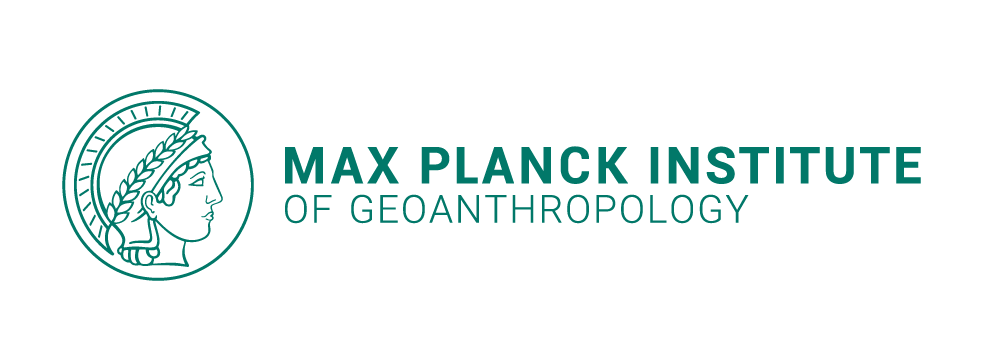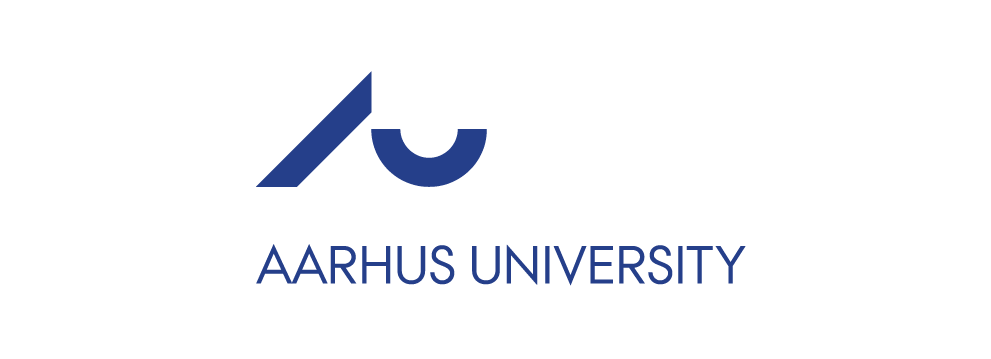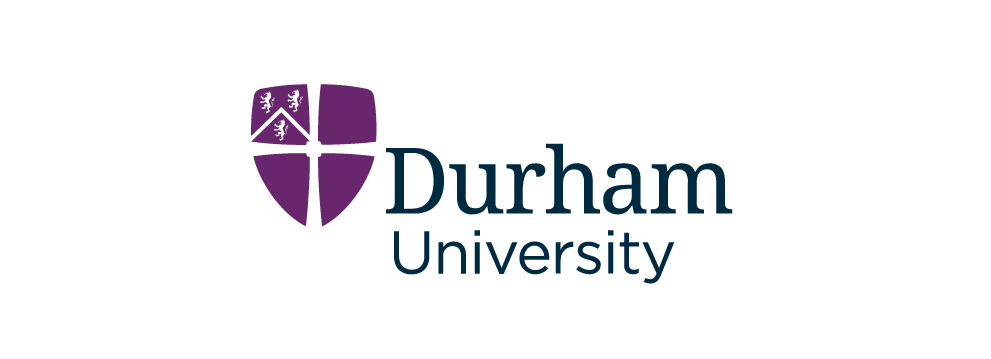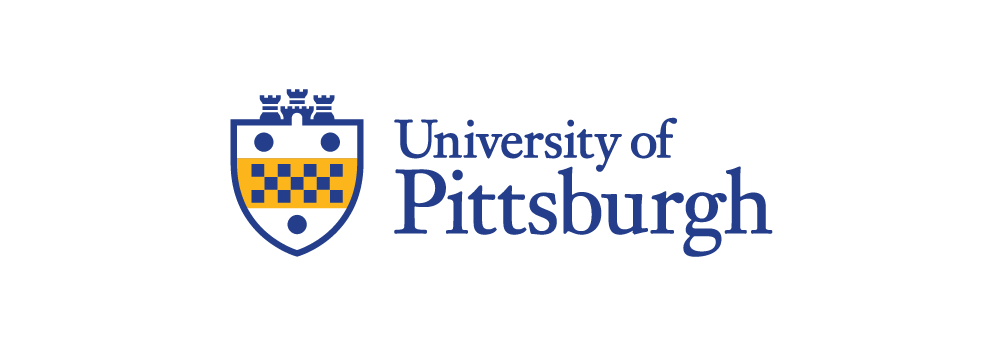What is URBank?
- URBank is an open-access, long-term data hub and database designed to transform how we understand urbanism across 5,500 years of human history.
- By integrating archaeological, historical, and environmental data into a dynamic, theory-driven framework, URBank empowers researchers, policymakers, and the public to explore how cities emerge, thrive, and transform — and what they mean for our shared future.
Why URBank?
- Modern cities shape our future, but to truly understand them, we must look deep into their past.
- Archaeology offers rich records of urban development across 5,500 years, yet existing data is scattered, rigid, and often closed.
- URBank was created to overcome these challenges — integrating global archaeological and historical urban data into a unified, dynamic, and open-access framework.
- By moving beyond static lists and trait-based definitions, URBank helps us analyze cities as living, evolving systems, connecting ancient urbanism to today’s pressing questions of sustainability, resilience, and human adaptation.
How it works
- URBank models each city as a dynamic graph of spatial, temporal, and relational data rather than as a static point on a map.
- Using an open, flexible ontology, researchers can explore cities as evolving networks of infrastructure, activities, and environments.
- Built on FAIR principles and designed to evolve, URBank provides a robust, transparent foundation for comparative analysis across space and time.
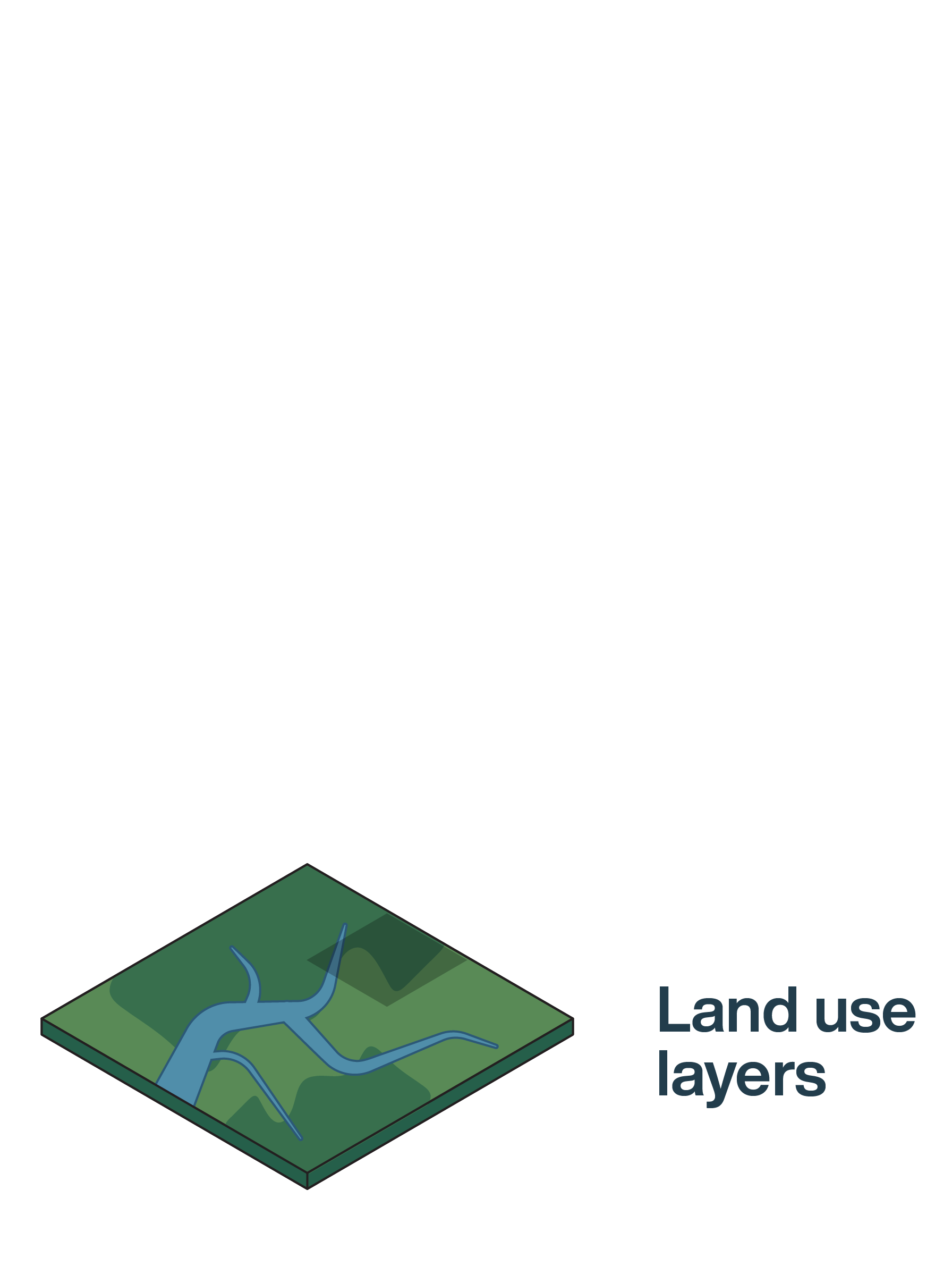
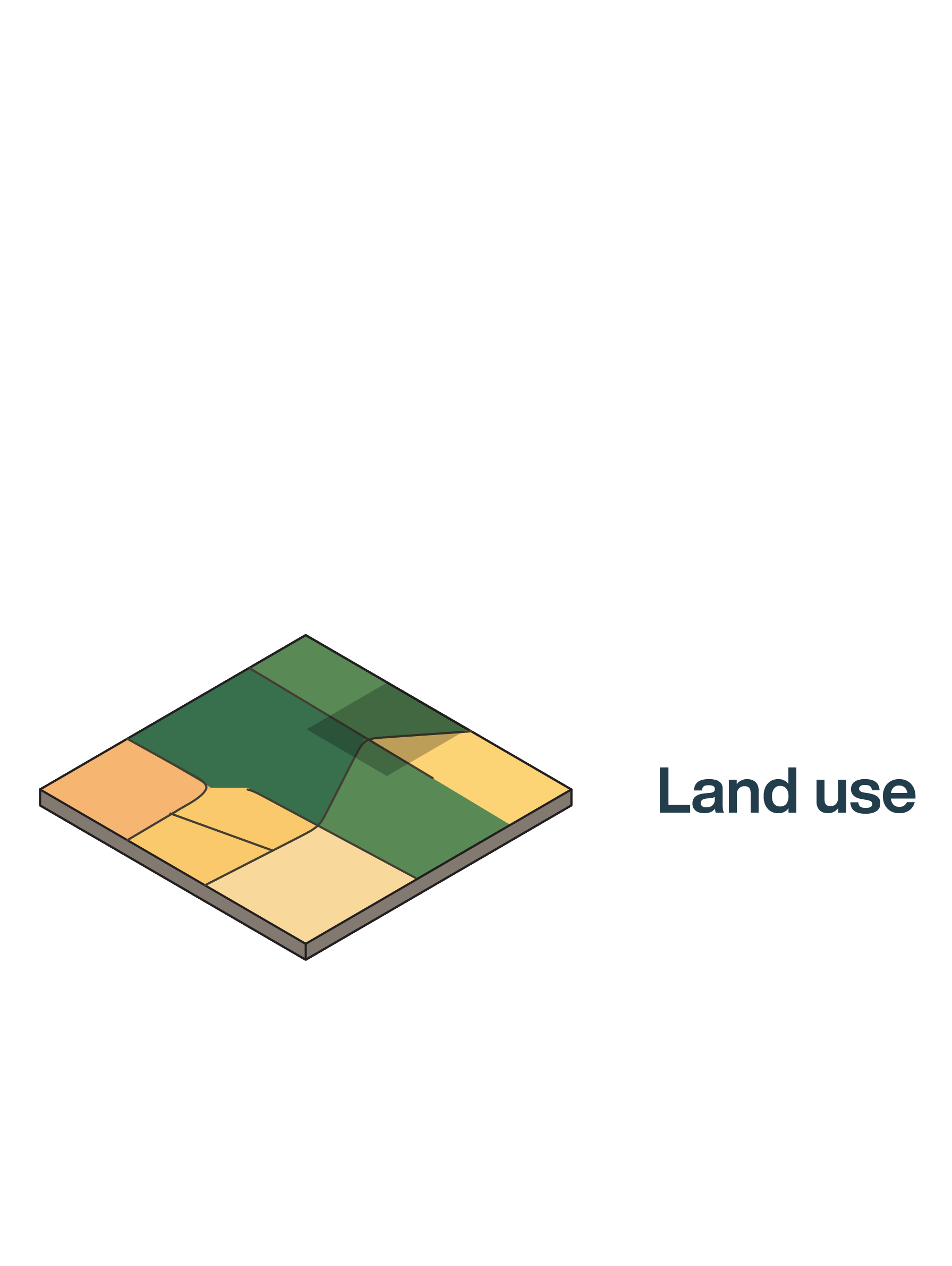
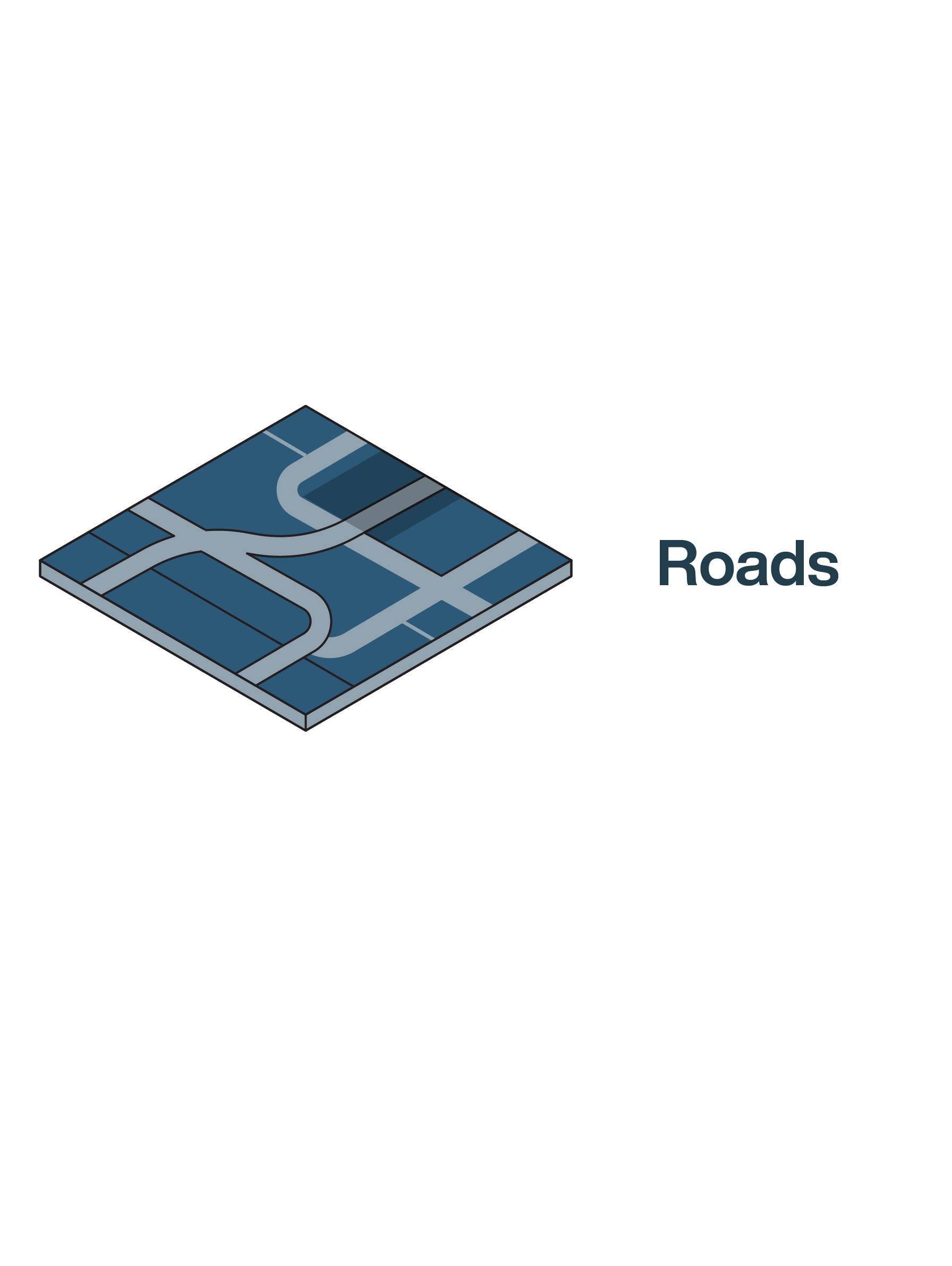
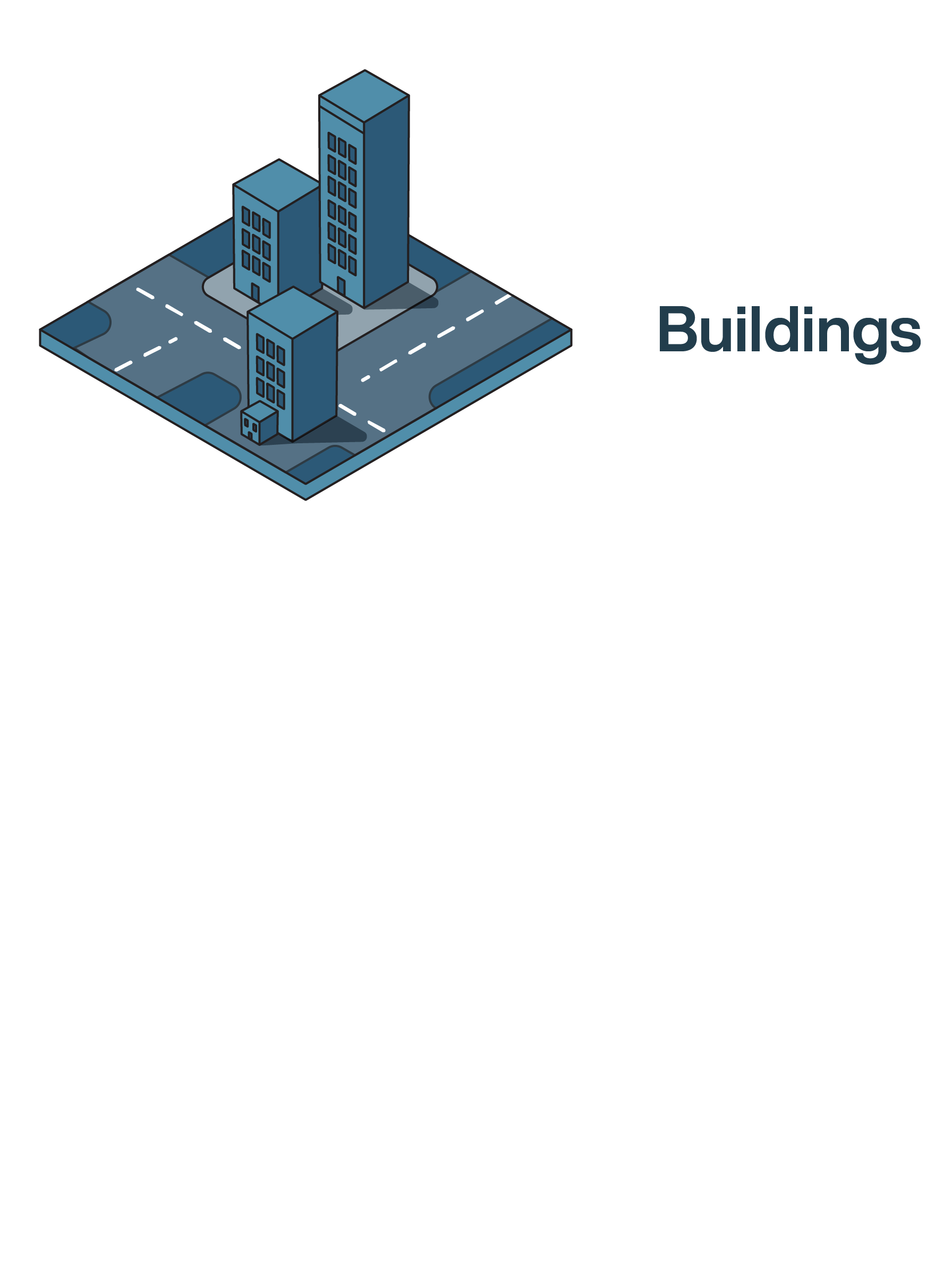
URBank thrives on collaboration

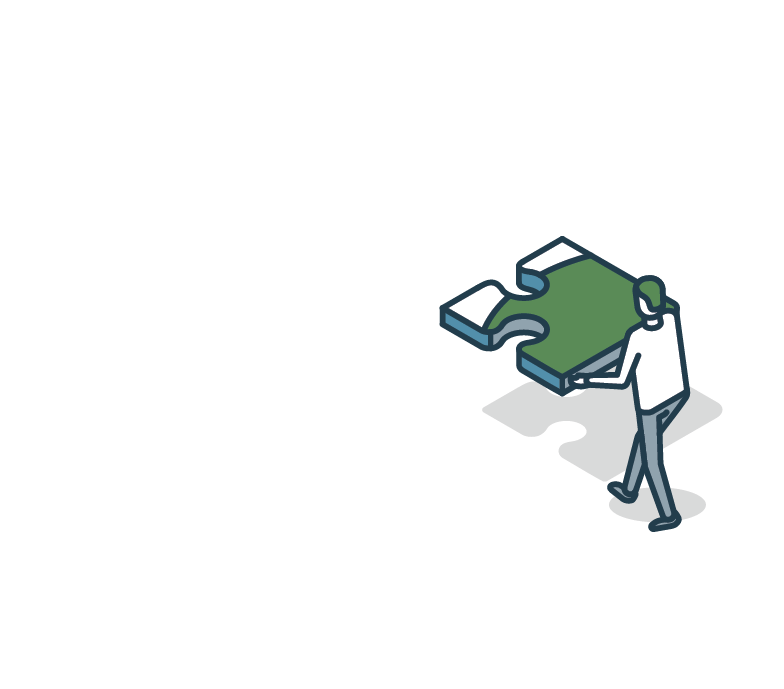
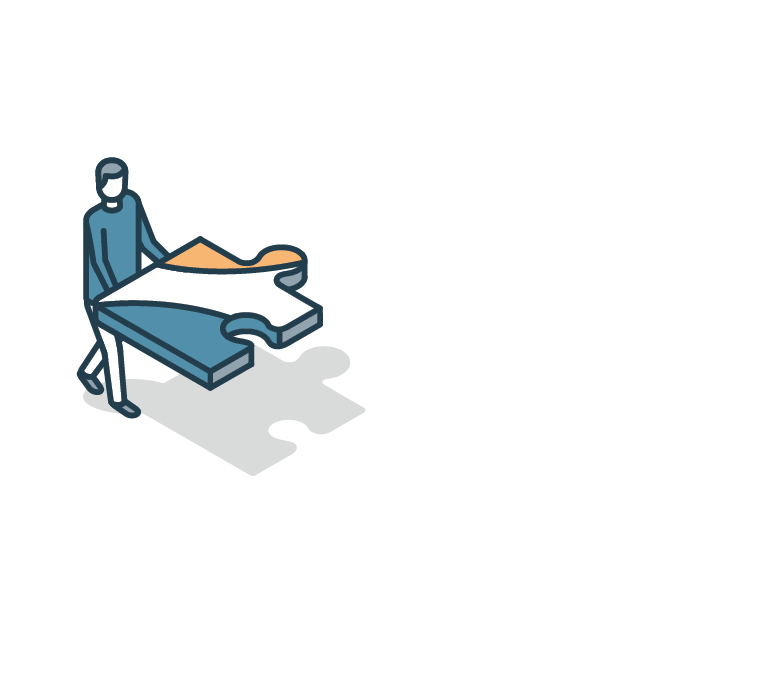
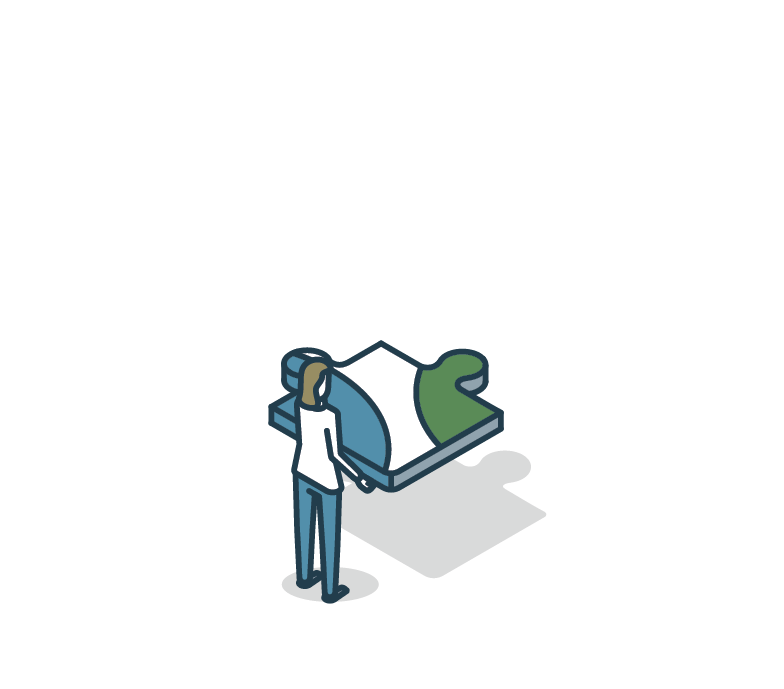
We invite archaeologists, historians, urban scholars, heritage professionals, and data scientists to contribute data, share insights, or partner in developing new theoretical and analytical approaches. Contributors receive full attribution, can set appropriate access levels, and become part of a global effort to rethink urbanism across space and time.
Get in touch

